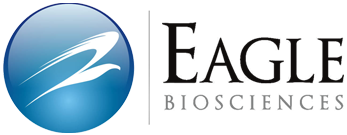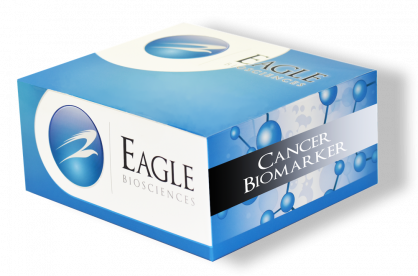Human GM-CSF ELISA Assay
The Human GM-CSF ELISA Assay is For Research Use Only
Size: 1×96 wells
Sensitivity: 7 pg/mL
Dynamic Range: 31.25 – 1000 pg/ml
Incubation Time: 3 hours
Sample Type: Serum, Plasma, Cell Culture
Sample Size: 100 µL
Alternative Names: Granulocyte macrophage colony stimulating factor, GMCSF, Colony-stimulating factor 2, CSF2
Assay Principle
The Human Granulocyte macrophage colony stimulating factor (GM-CSF) ELISA employs the quantitative sandwich enzyme immunoassay technique. A monoclonal antibody specific for GM-CSF has been pre-coated onto a microplate. Standards and samples are pipetted into the wells and any GM-CSF present is bound by the immobilized antibody. Following incubation unbound samples are removed during a wash step, and then a detection antibody specific for GM-CSF is added to the wells and binds to the combination of capture antibody- GM-CSF in sample. Following a wash to remove any unbound combination, and enzyme conjugate is added to the wells. Following incubation and wash steps a substrate is added. A colored product is formed in proportion to the amount of GM-CSF present in the sample. The reaction is terminated by addition of acid and absorbance is measured at 450nm. A standard curve is prepared from seven GM-CSF standard dilutions and GM-CSF sample concentration determined.
Related Products
Human G-CSF ELISA Assay
Mouse GM-CSF ELISA Assay Kit
iLite GM-CSF Assay Ready Cells



